Features of spherical willow and its cultivation
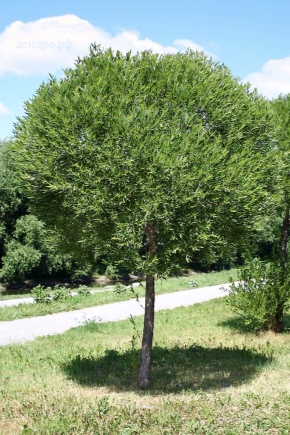
The spherical willow is an undemanding plant, the care of which is quite affordable even for gardeners with little experience. Due to the spherical shape of the crown, it is in great demand in landscape design, decoration of parks. A detailed description of the brittle willow will help you learn more about this plant, will allow you to cope with its planting and subsequent cultivation.
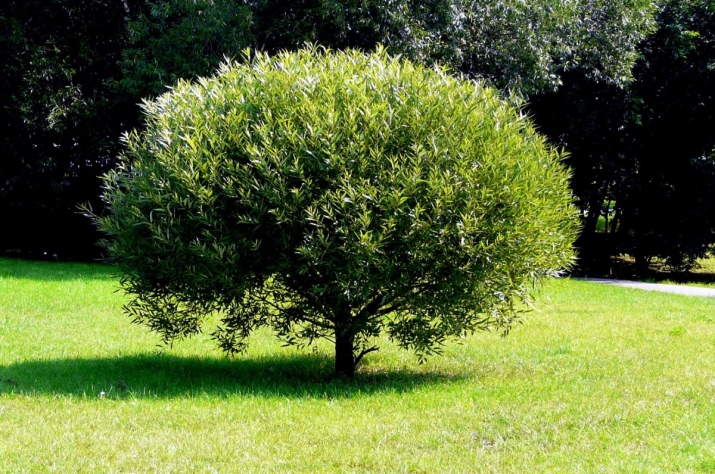
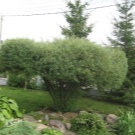
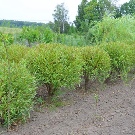
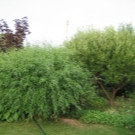
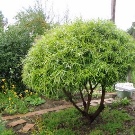

Description
Willow spherical or brittle, also called self-shearing broom, is a tree growing in Eurasia... In nature, the plant is also found on other continents, where it was introduced at different times. There is a theory about the hybrid origin of the species. Its original range is difficult to establish due to the centuries-old cultivation of the plant by humans as a melliferous plant, as well as a source of raw materials for medicine and the leather industry.
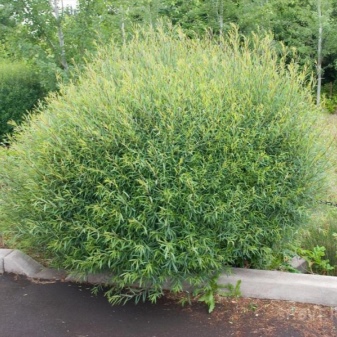
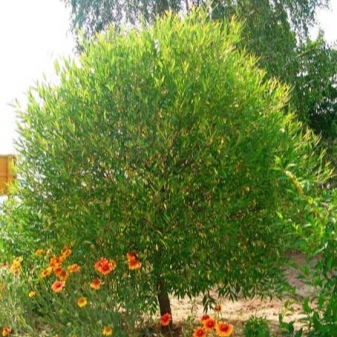
Spherical willow grows mainly on abundantly moistened soil, in lowlands, as well as along the banks of water bodies. She is different frost resistance, best of all acclimatizes on clayey soils. She received the name self-cutting because of the thinning of the crown under the influence of the spring wind.
Interestingly, the dangling branches easily root themselves without human help, contributing to the spread of the species.

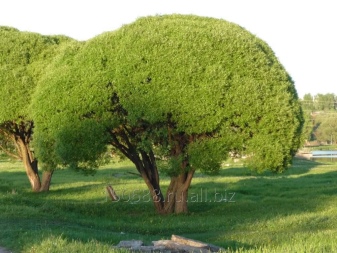
The rakita tree grows rapidly, an adult reaches 20 m in height, during the first 10 years it gains up to 1/3 of this figure, which makes it an attractive option for use in landscape design. Due to its spreading crown, it is often mistaken for a shrub. However, the growth rate and volume of the tent-shaped top is not the only feature of the plant. It has an average life expectancy of about 70 years and takes root well in different climatic conditions.
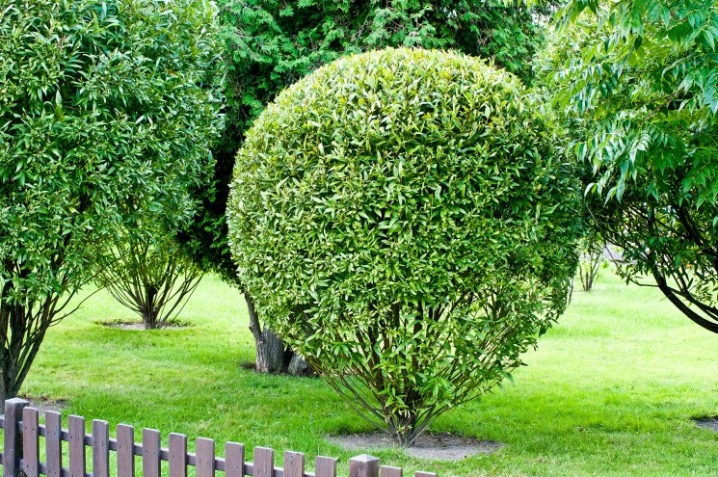
The brittle willow got its name due to the fact that by the age of 4, its branches acquire fragility at the base. This tree is characterized by a spreading crown, the branches are covered with a bark of a gray-brown hue, prone to cracking. Leaves are not pubescent, with a characteristic shine, pointed and elongated, the length reaches 75 mm. By autumn, they fall off, remaining green or changing their shade to yellow.
The root system of the rakita is not too deep, it is well developed, which allows propagation by layering, cuttings. Flowering occurs simultaneously with the growth of leaves. Female and male earrings are formed on the tree. The plant blooms with the formation of yellow anthers. Fruits in the form of ovaries are not pubescent, have the shape of an ovoid cone.
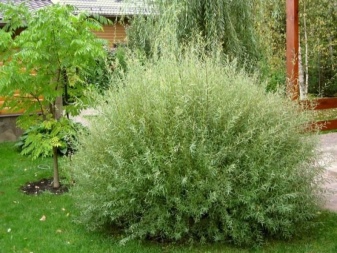
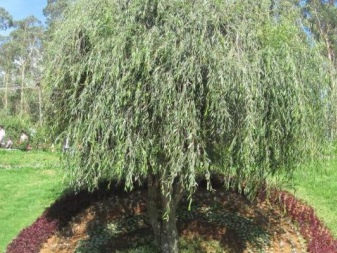
Types and varieties
The spherical willow is a popular ornamental plant, characterized by a sufficient variety of varieties. Regardless of the variety, it always has a lush round crown. The ball-shaped self-shearing willow is a good choice for decorating an area. The average height of the tree is about 15 m, which allows it to be used for single plantings; bush form - decorative, undersized - looks good in a group.

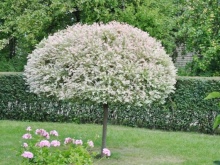

Despite the many names, we are always talking about one plant. But the varietal diversity of the spherical willow is quite large. Among the most popular options are the following.
- Blue... A small, stunted form that attracts attention with silvery foliage.The compact spherical crown does not need a shearing, the plant has a good survival rate on almost any type of soil, looks good in group plantings. In winter, it retains its decorative effect due to the dense interlacing of young shoots that have a brown-yellow color.
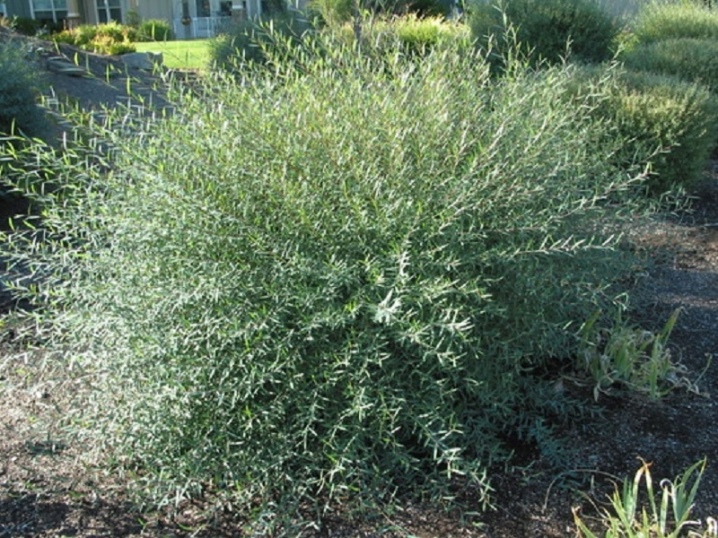
- «Bulata". An ornamental variety, tall (up to 13-15 m), can be grown on 1 or several trunks. Differs in a spreading openwork crown with dark green foliage. Its shape is almost a regular ball, reaching 5 m in diameter. Olive branches retain their decorative effect even after the foliage has fallen off.

- "Lighthouse". A hybrid medium-sized version, the crown diameter of which reaches 3 m. It is distinguished by its low height - for most of its life it retains the trunk length within 200-300 cm. The peculiarity of this hybrid can be called easy maintenance of the crown shape. It remains spherical even without a haircut.
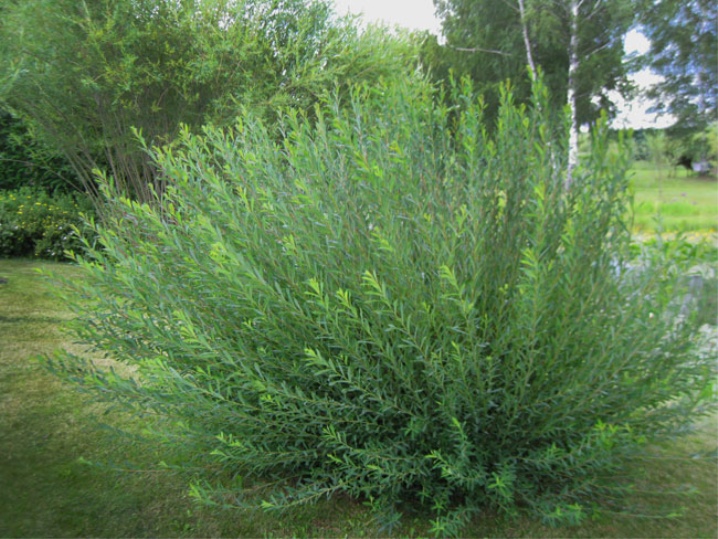
- Purple... Self-trimmed medium-sized variety, forming in the form of a spreading bush, the size of which does not exceed 3 m in diameter. Distinctive features of this subspecies can be called a purple shade of earrings, as well as a reddish tone in the color of the bark. Due to this brightness of color, the plant looks very impressive.
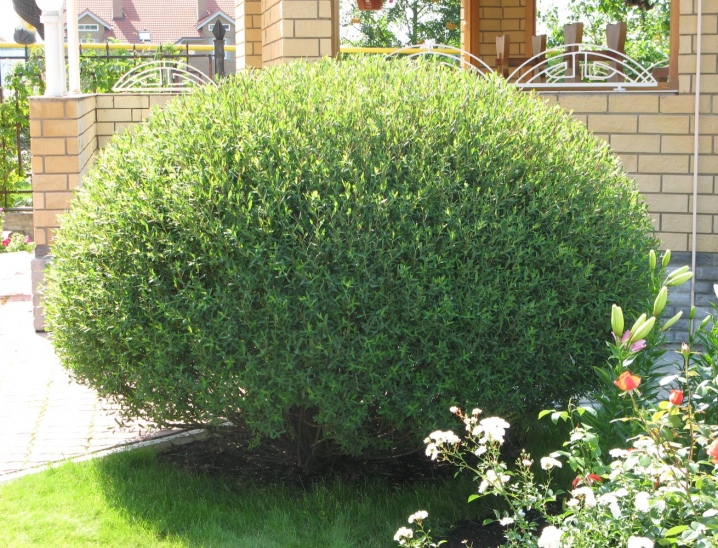
- Hakuro Nishi (whole-leafed or "Hakuro Nishi"). A compact shrub or a small willow in the form of a tree, it grows no higher than 2 m. The crown is dense, in spring (during the flowering period) it is almost white, with a pink tint. This effect lasts long enough, more than a month.
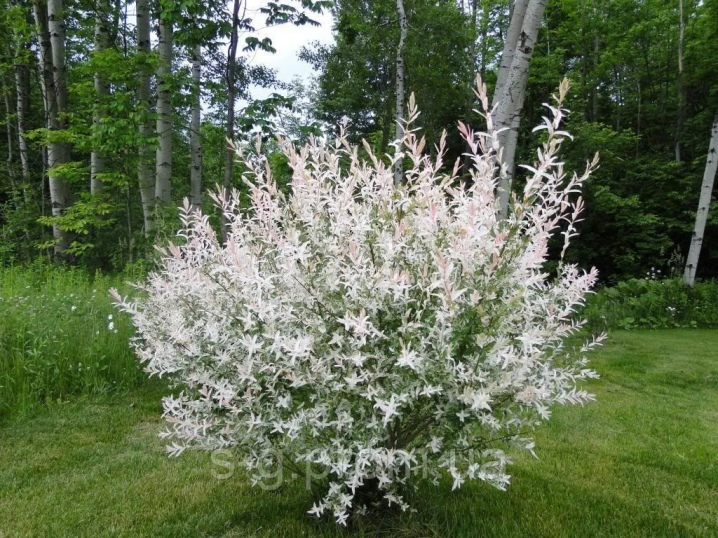
- Spherical dwarf. Hybrid form, characterized by crown formation on one or more trunks. The tree grows to a volume of 2-3 m, it is distinguished by a very high density of shoots.
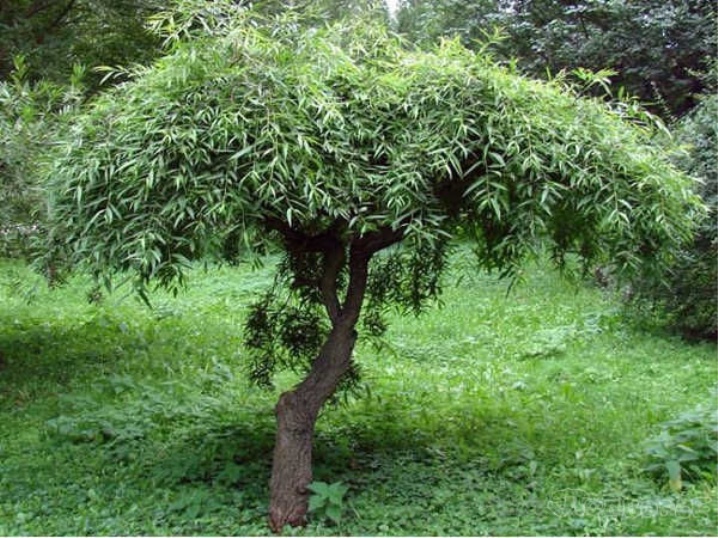
- "Plantarium" (eared willow). Self-trimmed semi-shrub plant with a crown in the form of a regular ball. The volume, depending on the growth of the shoots, reaches 1.5-3 m. The variety is popular due to its unpretentious care.
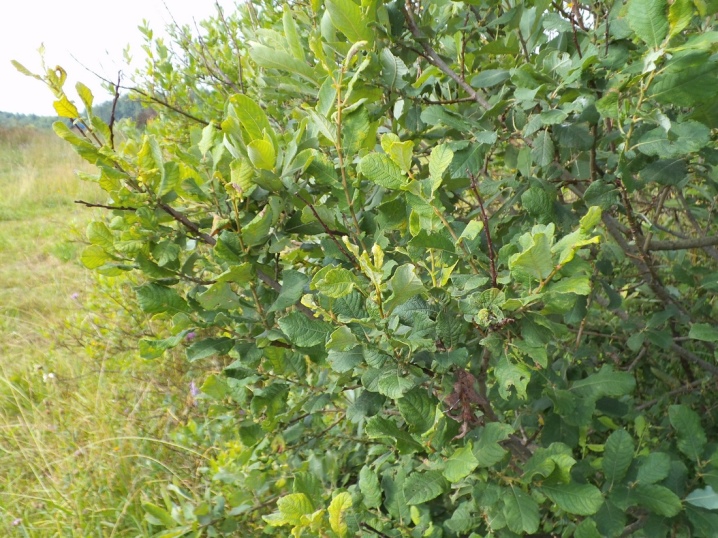
These are the main varieties of rakita, grown as elements of the garden and suburban landscape. Also in nurseries you can find numerous hybrids of this plant species with white willow.
Landing
The peculiarities of planting spherical willow in the open field deserve attention. The plant is unpretentious, in most cases it is content with the simplest growing conditions. You can independently root seedlings from a branch in a pot, and then transplant to a new place. The tree or shrub form takes root well. It is better to plant this species near water bodies or in lowlands with an abundant amount of moisture.

The choice of a landing site is also very important. It is best to give preference to areas near natural and artificial ponds, streams, as well as lowlands with a closely located aquifer. The best type of soil is clayey, slightly acidic. For container growing, it is recommended to maintain a distance between plantings of 1.5-2 m.
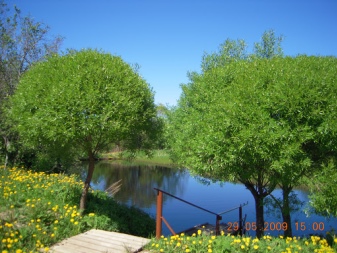

A simple instruction will help you to plant the bakery correctly.
- Harvesting cuttings. It occurs in the spring: plants are transplanted after the appearance of their own root system in summer or autumn.
- Digging up the soil. If the density is very high, it is worth adding sand in advance. Add fertilizer 1-2 weeks before planting.
- Well preparation. You will need a hole about 50 cm deep. It is not necessary to drain the bottom.
- Landing... A plant with a formed root is placed in a hole, sprinkled with removed soil.
- Watering... It should be abundant, produced immediately after planting the plant.


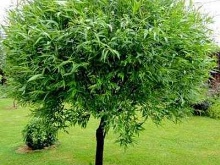
Subsequent care is simple, it consists in periodic watering and the implementation of other necessary agrotechnical measures.
Care features
It is not difficult to take care of the spherical willow, it is enough to provide her with favorable growing conditions. Almost all decorative forms first form a bush on several trunks, but you can achieve the creation of a beautiful crown on the trunk.It is recommended to grow tall varieties only if there is a large free area, away from plants that are sensitive to light. Otherwise, the shading provided by the willow will prevent them from developing normally.
The tree itself is light-requiring. He needs full contact with UV rays, so planting near buildings is not recommended.
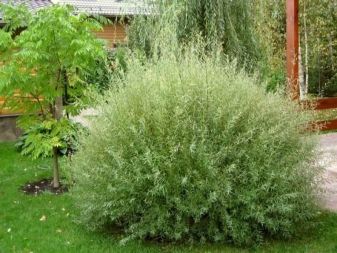
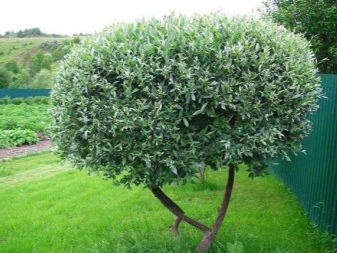
Watering
It is only necessary if the tree itself cannot receive water from the roots. If the willow is planted correctly, close to water bodies or in a lowland, no effort is required to water. When grown in places with a lack of soil moisture, it is necessary to organize additional access to water in the summer. On hot days, watering is needed on a regular basis, every 7-15 days, in a volume of up to 50 liters per 1 adult tree, otherwise the crown will turn yellow and discard the foliage.
In the summer, spherical willow is shown to be irrigated with a hose. It is necessary to direct water through the sprayer using the sprinkler method, without excessive pressure.
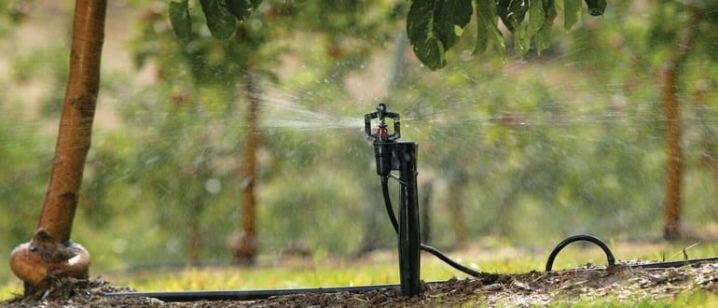
Such measures will help preserve the elasticity of young shoots and ensure active growth of leaves.
Fertilizer
You only need to feed the plant twice a year. The fertilization scheme has been worked out well. You need to act like this.
- In the spring, after the snow melts, loosen the trunk circle. Introduce complex fertilizers into the prepared soil at the rate of 2 tbsp. l. granules per 1 m².
- In autumn, in September, add 1/2 cup of a mixture of superphosphate and potassium sulfate under each adult tree. Young plants up to 3 years old need less nutrients. 1 tbsp is enough for them. spoons of the same mixture.
Top dressing is necessary for the proper growth and development of plants, the formation of strong immunity in them. When black dots appear on the leaves, it is necessary to carry out an additional application of preparations containing copper.
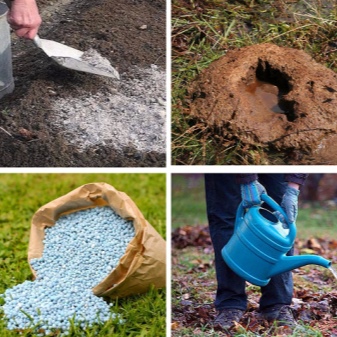

Pruning
It is not necessary to form a crown in self-trimmed spherical willow species. A haircut is needed mainly for those plants that are prone to overgrowth. If you want to achieve a clear geometry, the formation should begin when the trunk reaches a height of 1 m.In the first years, you do not need to try to cut the branches - they are removed only if damaged by pests, if necessary.
Correctly pruning a tree with a spherical crown is necessary exclusively according to the scheme. Do this work in the spring, removing side shoots. The cut length is about 20 cm, and there must be buds at the ends of the branches. Shortening is performed at an angle to avoid stagnant water on the surface. Wild forms are pruned in the fall, after the foliage is shed.
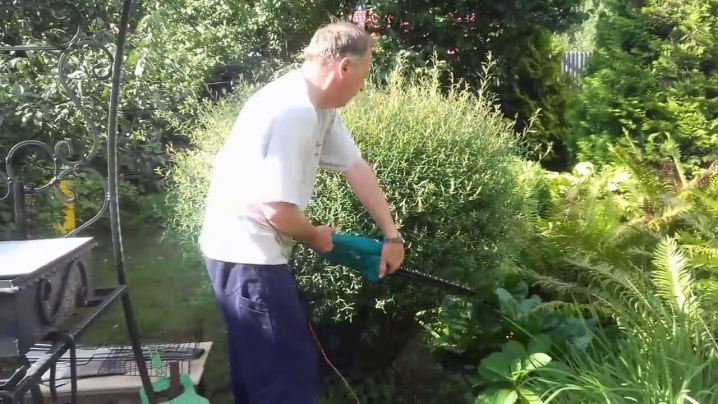
When pruning, you need to adhere to the rule of the golden mean.... Avoid getting too close to growing buds, this can negatively affect their vitality. A significant indent is also dangerous - an infection can penetrate through the cut.
Autumn care of plants consists in weeding out weeds, foliage harvesting. Varieties that do not tolerate severe frosts are additionally insulated by tying the crown and trunk with breathable covering material, filling the trunk circle with mulch.
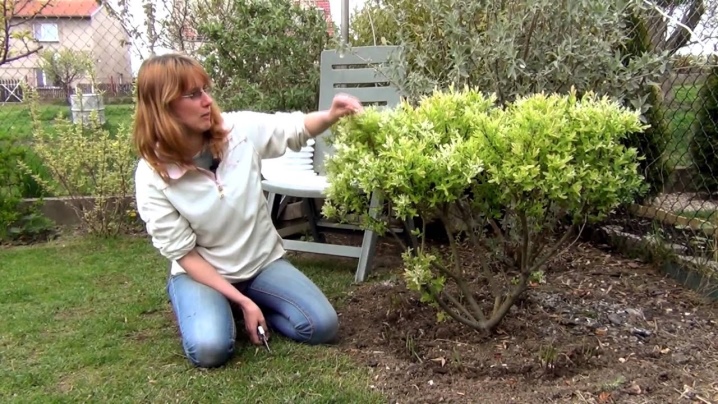
Reproduction
The spherical willow reproduces by vegetative methods, mainly by cuttings or by rooting in water. For planting material in the spring, young shoots with 5 or more formed buds are selected. When propagating by cuttings, the length of the cut shoot should be about 30 cm.
Prepared cuttings can be rooted in pots, so that they can then be transferred to a new place in summer or autumn. But more often direct transplantation into open ground is used. A place with the most moist soil is pre-selected. Shoots are placed in a solution with a root formation stimulator for 5-6 hours. After that, you can plant the plants in open ground.

When buying seedlings in the autumn, you should give preference to container options.For wintering, it will be enough to place them in a basement or other room with positive, but not too high, temperature and humidity indicators. Shoots without pots are wrapped in polyethylene, stored until spring.
Cutting with rooting in water is a little different. Planting material is harvested in the spring. The cut branches are cut along the bottom, placed in a container with water. When forming an independent root system, plants are transplanted into the ground.
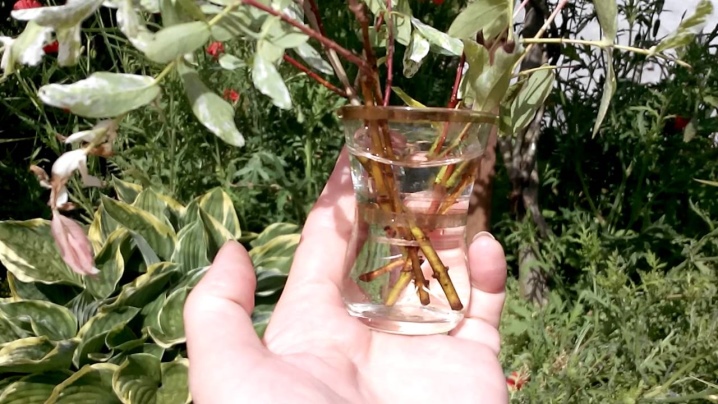
Diseases and pests
The brittle willow, like other species of this plant, attracts many pests. Here are the most common ones.
- Leaf beetle... This beetle infects the crown of the plant. Signs of its appearance are bare branches, blackened foliage. The method of effective control of insects is only manual trapping.
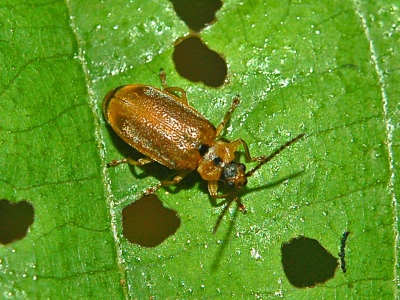
- Willow weevil. Its appearance is marked by drying out of shoots, dumping of foliage. The insect infects the surface under the bark, laying its larvae there. A tree can only be saved by removing the affected areas on the shoots by pruning. All wounds must be treated with garden varnish.
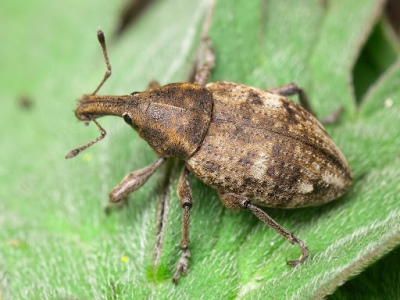
- Willow leafhopper. When it appears, the bark of the tree suffers. It begins to crack, at the next stage the shoots die off. If any damage is found on the surface of the trunk, the wounds should be coated with garden pitch or tar.
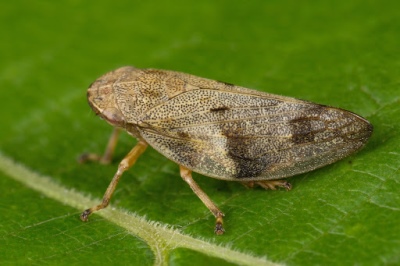
- Aphid... When damaged by this pest, young shoots of the plant are threatened. Gluttonous larvae eat them before the branches have time to develop. The problem is solved by spraying the crown with special chemicals or a solution from a mixture of kerosene and laundry soap.

Also, the plant can be affected by fungal diseases, from rust to willow scab. Treatment is carried out by spraying with chemicals after diagnosis. As a preventive measure, you should avoid transplanting a tree until it reaches the age of three. In addition, the choice of a place for cultivation should be done very carefully. With improper planting, the risks of developing diseases increase.
Pest control for preventive purposes should be done on a regular basis. During the season, spraying with insecticides is necessary 6-8 times.
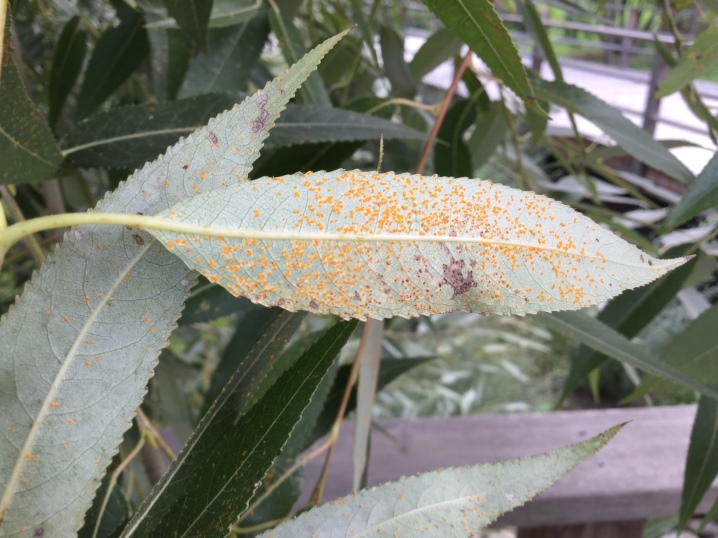
Application in landscape design
In the landscape of the site, a willow with a spherical crown shape looks very impressive. With a fairly dense planting of dwarf and undersized varieties, it will make an excellent hedge. In the garden, the plant can be combined in groups with shrubs with similar crown geometry, or used as a tapeworm.
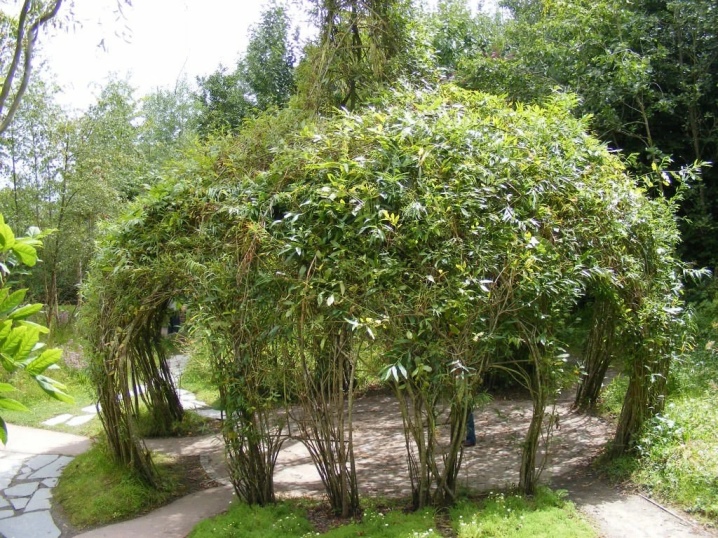
Rakita is traditionally considered the best landscape decoration when planted near water bodies. It looks spectacular in the frame of ponds, garden fountains. If you have a stream or an artificial waterfall, it is better to choose larger forms with spreading branches.
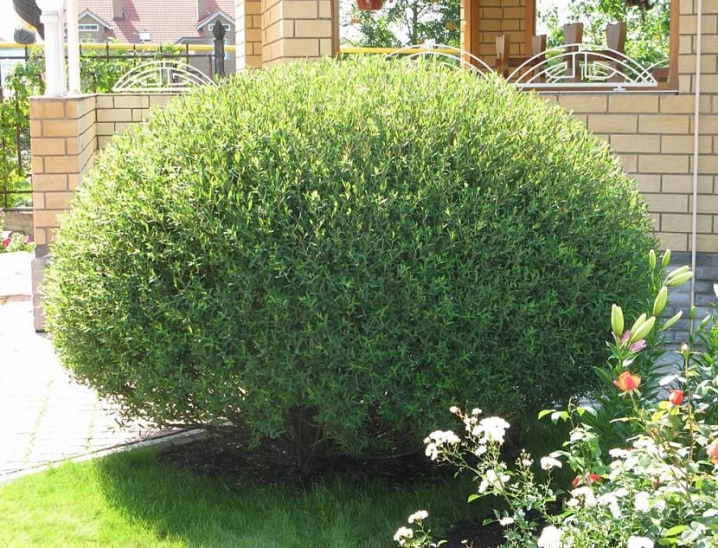
Bonsai lovers are also familiar with this unusual plant. The spherical willow goes well with rocky landscapes, Japanese landscapes.
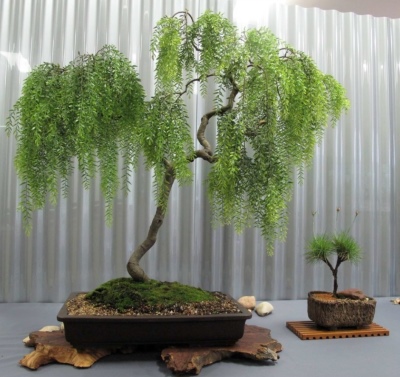
See the video for pruning a spherical willow.



































































The comment was sent successfully.